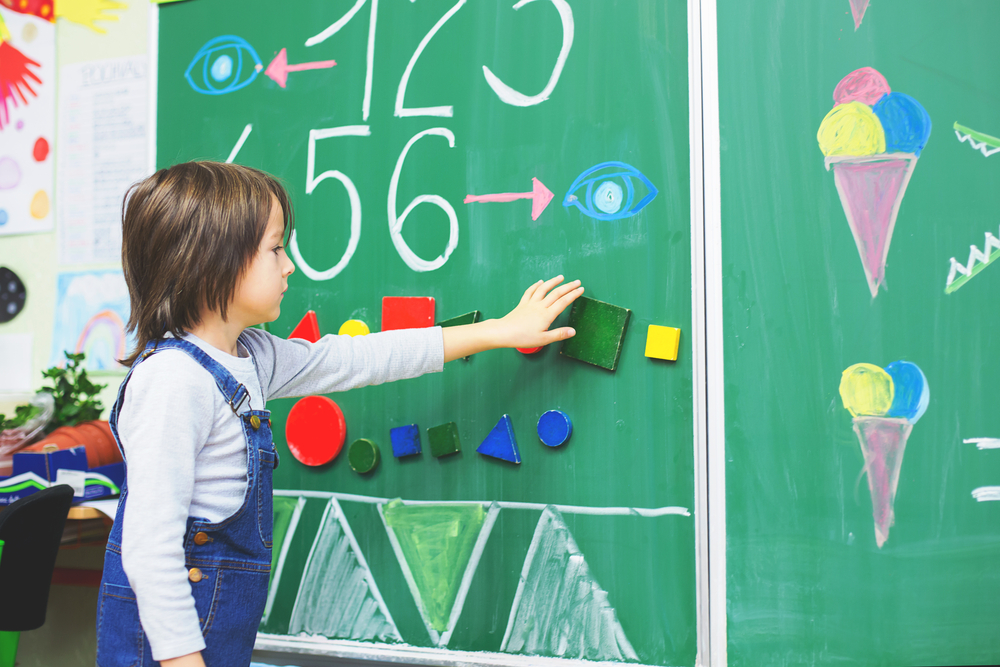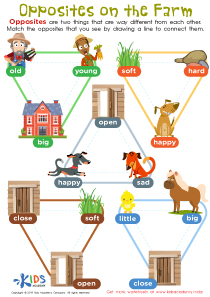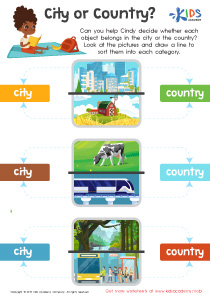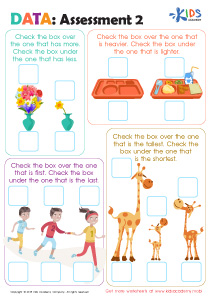Counting skills Measurement Worksheets for Ages 6-7
7 filtered results
-
From - To
Enhance your child's counting abilities with our engaging Counting Skills Measurement Worksheets designed specifically for ages 6-7. These comprehensive worksheets provide a fun and interactive way for young learners to grasp essential measurement concepts while practicing their counting skills. From identifying numbers to simple addition and subtraction, our resources support developmental milestones in a playful manner. Each worksheet is crafted to nurture critical thinking and problem-solving abilities, making math enjoyable. Perfect for classroom use or at-home learning, these worksheets can enrich your child's educational journey and build a strong foundation in math. Explore the tools that will set them up for success!
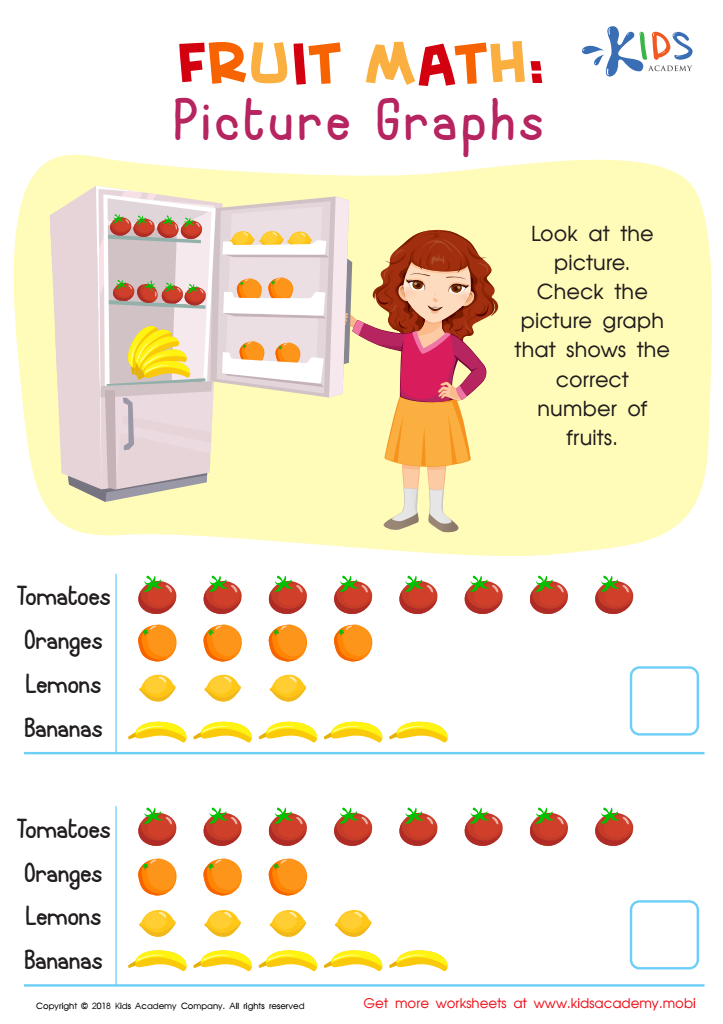

Fruit Math: Picture Graphs Worksheet
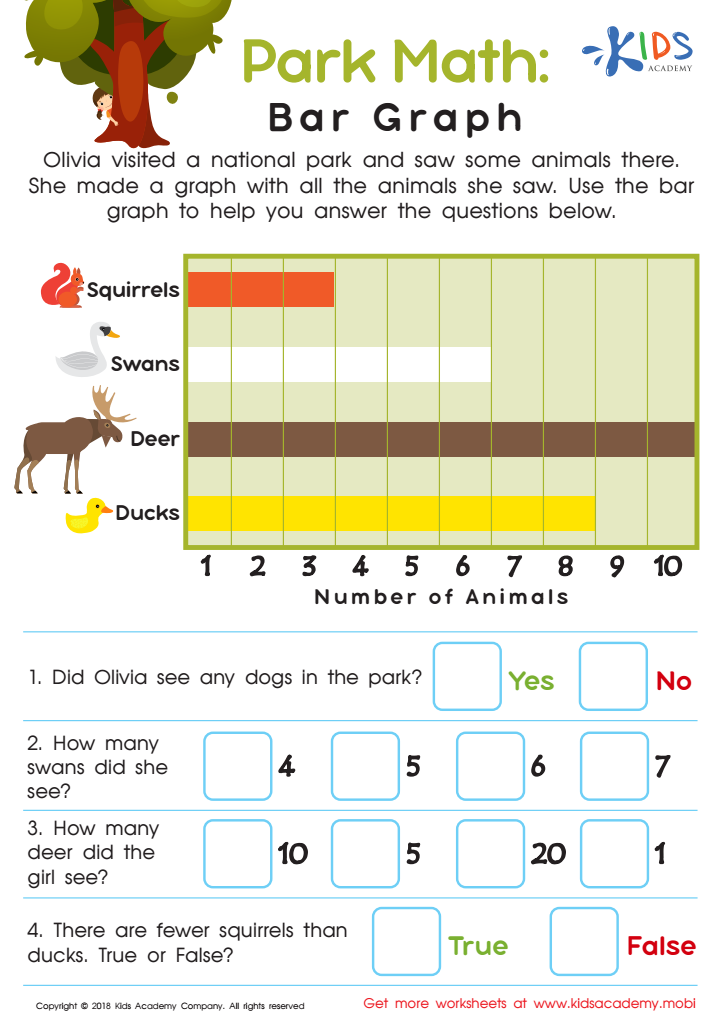

Park Math: Bar Graph Worksheet
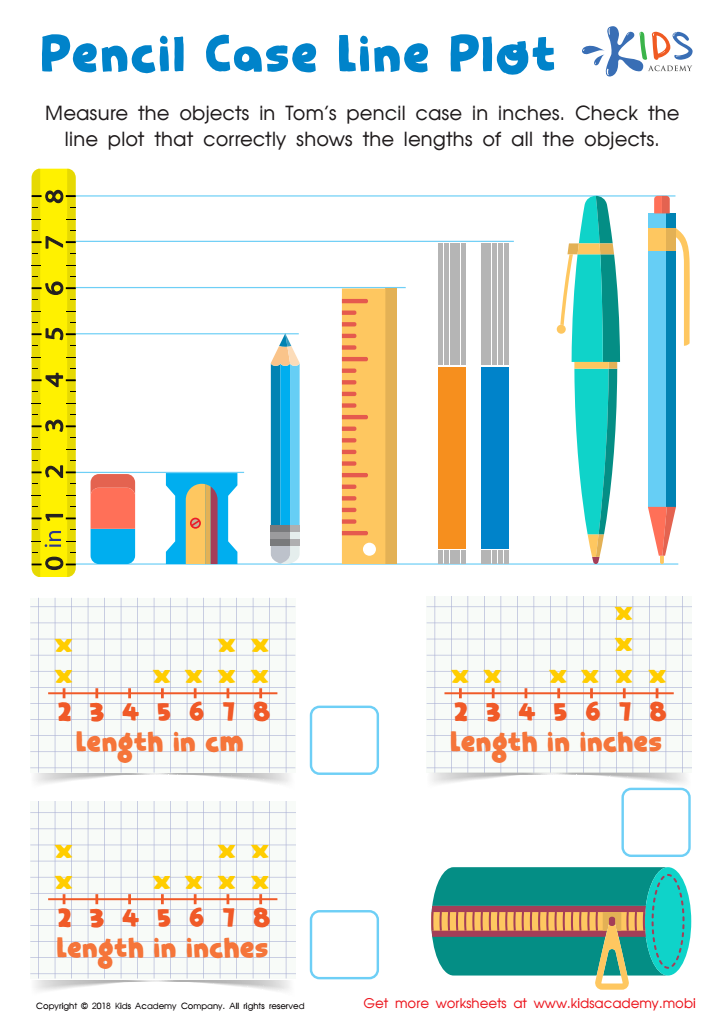

Pencil Case Line Plot Worksheet
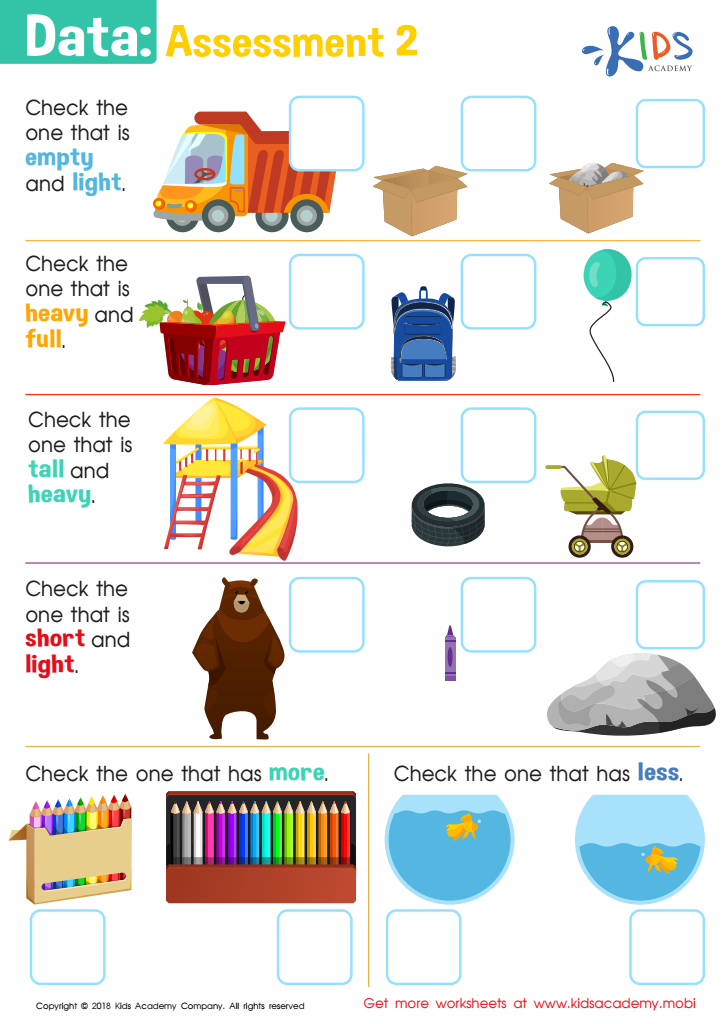

Data: Assessment 2 Worksheet


How Many Brothers and Sisters? Worksheet
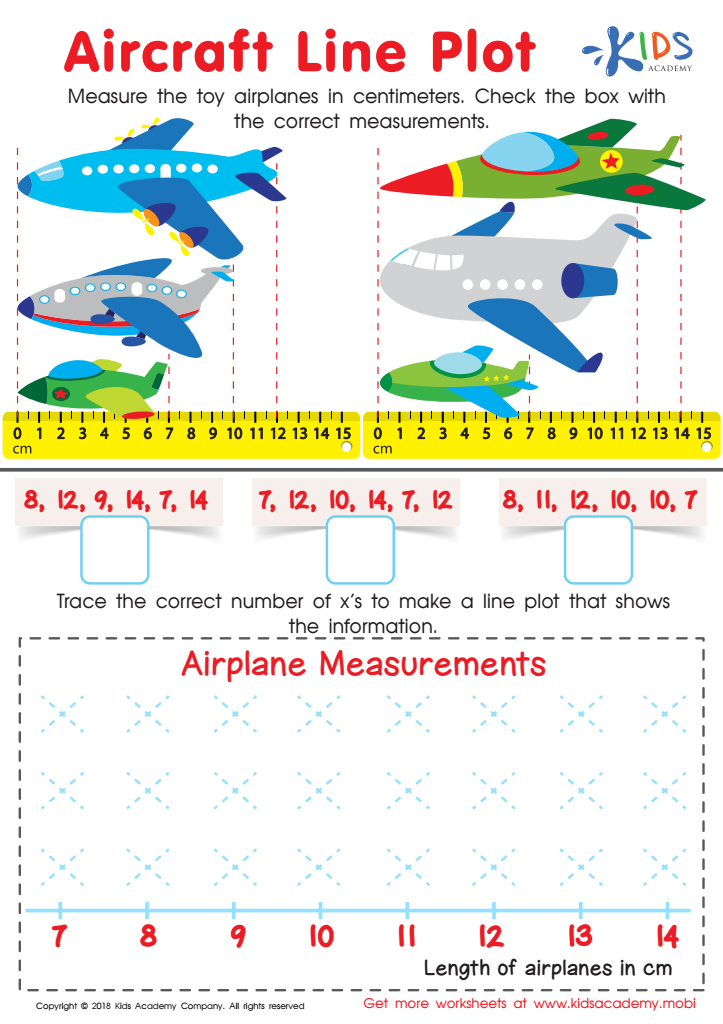

Aircraft Line Plot Worksheet


Line Plot Worksheet
Counting skills and measurement are foundational math concepts that have significant implications for a child's cognitive development, particularly for ages 6-7. This stage of learning is critical as children transition from simple counting to understanding more complex numerical concepts and measurement principles.
First, counting lays the groundwork for arithmetic. By mastering counting, children develop number sense, helping them understand addition, subtraction, and eventually multiplication and division. This foundational skill promotes confidence in tackling mathematical challenges later on.
Additionally, measurement teaches children to quantify and compare objects in the world around them. Understanding concepts such as length, weight, and volume fosters critical thinking and problem-solving abilities. It encourages them to make observations, ask questions, and draw conclusions—skills that are applicable beyond math.
Moreover, measurement and counting are not isolated skills; they are integrated into daily life activities, such as cooking, shopping, and budgeting. Teaching these skills early enables children to grasp their practical applications, making math more relevant and engaging.
By actively supporting counting and measurement skills, parents and teachers not only prepare children for future academic success but also empower them with essential tools to navigate everyday life effectively. Fostering this understanding cultivates a love for learning and builds a strong foundation for lifelong skills.
 Assign to My Students
Assign to My Students


